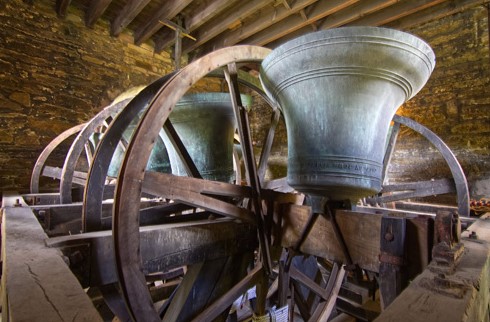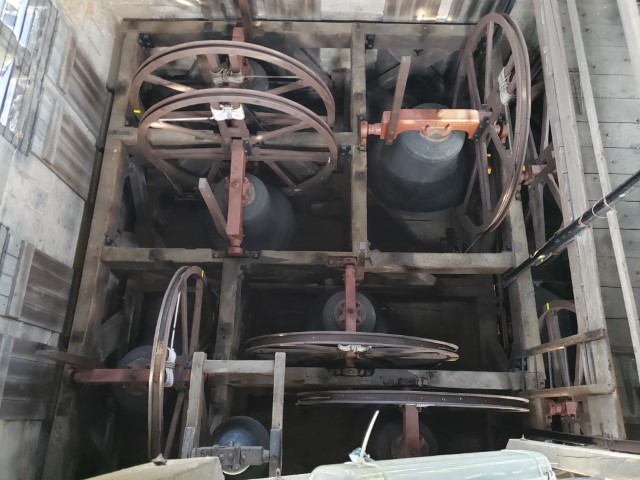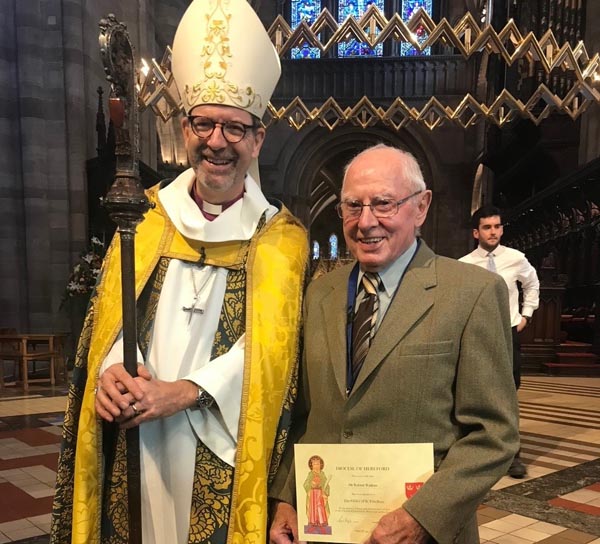The following has been issued by the Central Council of Church Bell Ringers (CCCBR) – more here.
We have come to the point where ringing is not much different to anything else we do in our everyday lives, other than that we may ring in a more enclosed space than we encounter in other activities. The Church of England has revised its own guidance in response to the Government’s lifting of Plan B and the removal of the last mandatory restriction that applied to some ringing settings – the wearing of face coverings in Places of Worship. Their guidance makes it clear that nothing is mandated any more – they give advice and recommendations for keeping each other safe, and respecting the fact that for some the removal of all restrictions is a cause of anxiety, not joy.
As with all the other things we do in life, we have learned the precautions that reduce the risk of transmission. Vaccination, and particularly booster doses, significantly reduces the risk of serious illness from all but the most vulnerable, and for most people the residual risk is now one they are prepared to accept in return for normal life.
The home page of the Government’s Coronavirus website starts with the simple advice:
- Get vaccinated and get your booster dose
- Consider wearing a face covering in crowded, enclosed spaces
- Let fresh air in if you meet indoors
- Get tested and self-isolated if required
So how does this apply to ringing?
Face coverings
Face coverings are no longer mandatory in any setting, including Places of Worship. The application of the government guidance to ‘consider wearing a face covering in crowded, enclosed spaces’ applies to some ringing chambers, particularly if ventilation is poor. They remain a good way of reducing transmission. Anyone can of course decide to continue wearing a face covering for their own protection, and a whole band may do so if it makes members of the band feel more comfortable.
Lateral Flow Tests
The Government recommends lateral flow tests when meeting other people. LFTs on the day of ringing (as close to ringing as possible) are a key mitigation for those wishing to ring for longer periods of time, alongside good ventilation.
Ventilation
‘Let fresh air in if you meet indoors’ – ventilation in our ringing chambers is important, and a flow of fresh air is the ideal. Poor ventilation or even a total lack is not a barrier to ringing, but you might consider how long you ring for.
Conclusion
We encourage all ringers to take both a personal approach and a collective approach to how residual risk is managed for themselves and each other. A personal approach is what we are probably all doing already when we ask ourselves:
- What’s the local risk?
- What’s my personal risk?
- How do I reduce both?
- How do I decide if it’s safe for me to ring?
With no limits on numbers, distancing or duration, the emphasis is on considering which mitigations are appropriate for a particular ringing situation, adjusting the length of time accordingly. For instance, a fully vaccinated band (two vaccinations and booster) might be comfortable ringing for an extended period of time at a well ventilated tower if all participants have done a LFT within the previous 24 hours, while teaching youngsters is likely to be for shorter periods, again with a LFT within 24 hours and possibly with a face covering.
Simon Linford, January 27, 2022






 We’re therefore raising money to send the bells away for preventative maintenance and retuning, and to have them reinstalled in a new 10 bell frame. If we can raise enough money we’ll be able to install an additional 2 bells.
We’re therefore raising money to send the bells away for preventative maintenance and retuning, and to have them reinstalled in a new 10 bell frame. If we can raise enough money we’ll be able to install an additional 2 bells.


